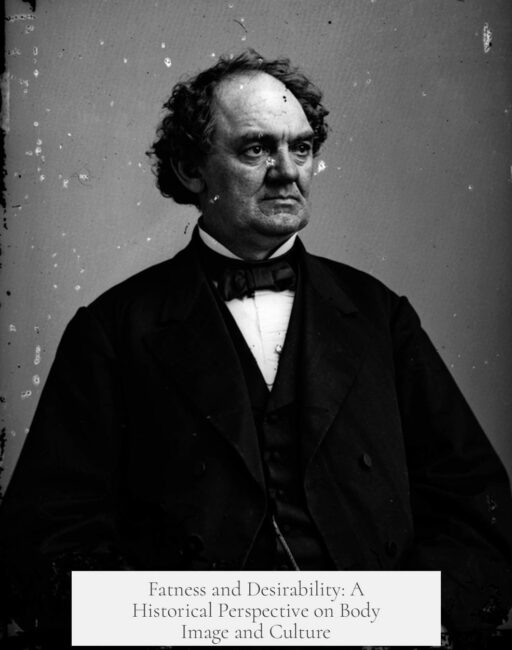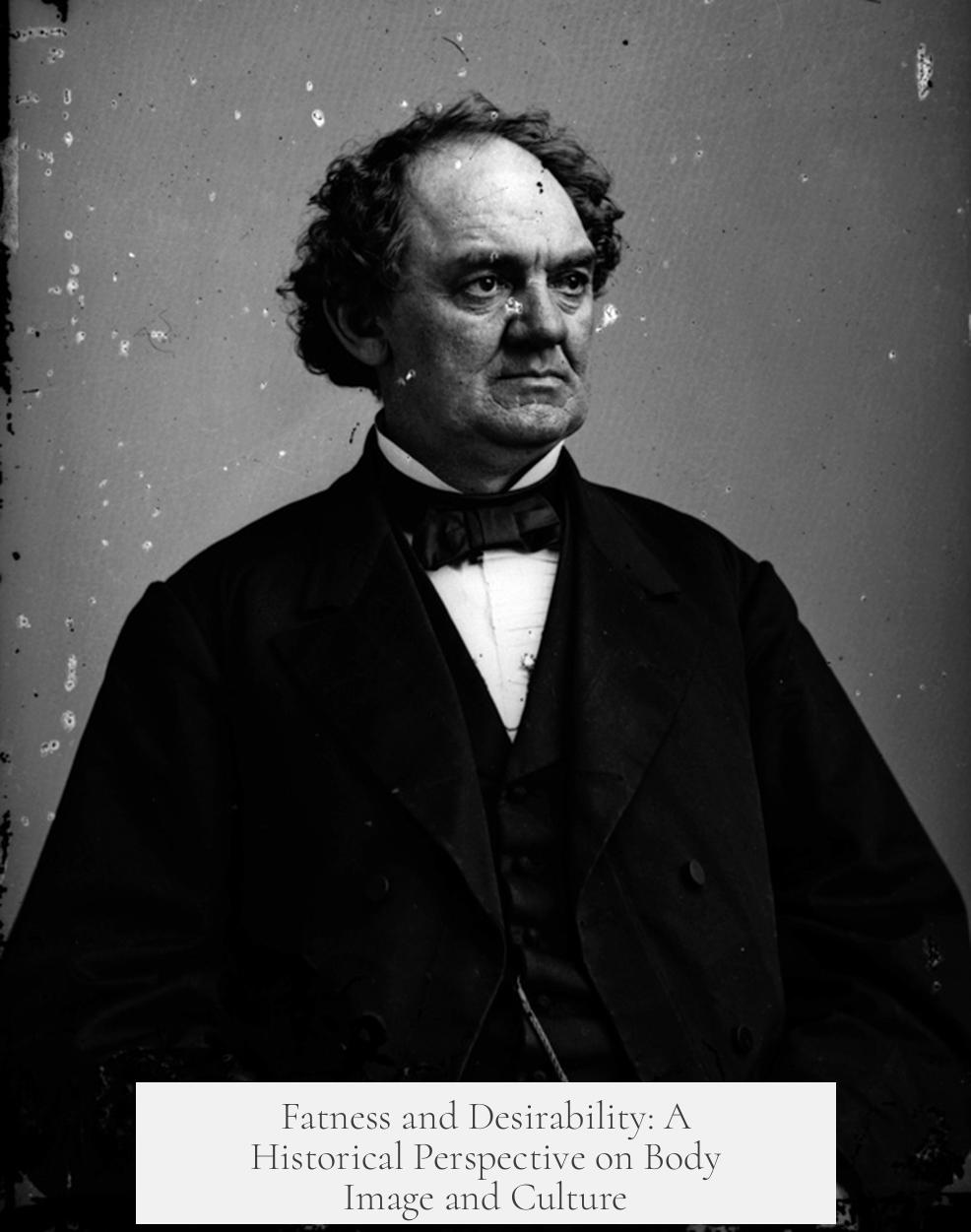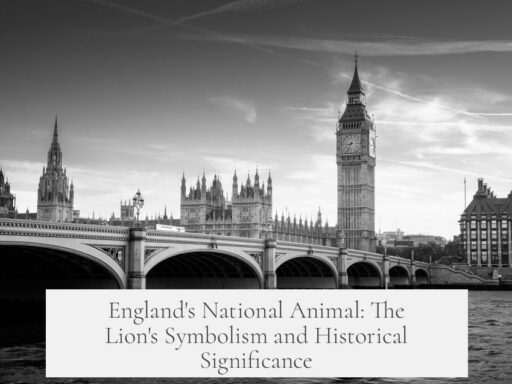The notion that fat people were universally seen as desirable in the past is more complex than it appears. Cultural ideals of beauty have varied widely across time and place. While some societies associated fatness with fertility, abundance, and attractiveness, this was not a uniform standard across all eras or cultures.
Evidence from ancient art and cultural symbolism offers insight into how fatness was perceived. The Venus of Willendorf, a famous Paleolithic figurine dating back about 25,000 years, presents a figure with exaggerated breasts, hips, and belly. This has often been interpreted as an idealization of fertility and abundance, since in hunter-gatherer societies, body fat indicated access to resources and reproductive capacity. However, interpreting the figurine as a symbol of beauty may be misleading. Fertility goddesses often signify broader themes like survival and prosperity, rather than direct physical attraction.
In ancient civilizations such as Egypt, Mesopotamia, and India, depictions of goddesses frequently emphasize wide hips, large breasts, and narrow waists. Figures like Ishtar, Parvati, Nefertari, and Hathor embody this archetype. These traits conveyed fertility, nurturing, and power, traits associated with femininity and divinity. The emphasis on curvaceousness suggests that a fuller figure was valued in these societies, but this ideal was specific to divine representations and cultural narratives rather than universal social preferences.
Classical Greece shows a more nuanced picture. Aphrodite, the goddess of love and beauty, is often depicted with a softly rounded form, featuring folds and curves that contrast with the toned and slender figure of Artemis, the huntress goddess. These representations reflect different ideals for different types of women — Aphrodite representing sensuality and fertility, Artemis embodying youth and athleticism. Both figures held appeal, demonstrating that ancient Greeks appreciated varied body types depending on social roles and contexts.
East Asian traditions also present unique perspectives. In Tang Dynasty China, for example, women in artwork commonly appear plump, with rounded faces signifying health and beauty. Similarly, Japanese erotic art from historical periods often portrayed women as fuller-figured, although these aesthetics shifted over time. Such variations highlight that fatness was sometimes admired, associated with prosperity and vitality, but again not a fixed or universal standard.
It is critical to distinguish between artistic conventions and societal ideals. Art does not always reflect prevailing real-world preferences but may follow genre-specific or symbolic rules. Even contemporary Western fashion shows feature models who do not represent mainstream beauty ideals but rather artistic choices within a niche. Therefore, images alone cannot confirm that fatness was widely sought after or considered attractive in past societies.
In modern times, cultural attitudes toward body size vary considerably. Some contemporary societies maintain preferences for larger bodies. Tonga and Nauru, for instance, continue traditions where fuller figures signify wealth and social status. However, Western media strongly influence body ideals today, often promoting thinness as the standard of beauty. This media influence shapes public perceptions, sometimes stigmatizing larger bodies despite the presence of individuals attracted to such physiques.
Social attitudes toward fatness today include complex dynamics. While some people appreciate bigger bodies, they may conceal their preferences due to societal shame or judgment. This ongoing tension reflects a broader cultural conversation about body image, desirability, and acceptance that transcends historical periods.
| Period/Society | Fatness and Desirability | Key Examples |
|---|---|---|
| Prehistoric (Venus of Willendorf) | Symbolic of fertility and abundance, not necessarily physical attractiveness | Venus of Willendorf figurine |
| Ancient Egypt, Mesopotamia, India | Curvaceous goddesses with large hips and breasts symbolizing fertility and divinity | Ishtar, Parvati, Hathor |
| Ancient Greece | Mixed ideals: Aphrodite soft and fleshy; Artemis slim and athletic | Aphrodite, Artemis |
| Tang Dynasty China, Japan | Plumpness associated with health and beauty in some periods | Tang dynasty paintings; Japanese erotic art |
| Modern | Varied; some Polynesian cultures prize larger bodies; Western media favors thinness | Tonga, Nauru; U.S. media |
- The idea that fatness was universally desirable in the past oversimplifies complex cultural variations.
- Historical artifacts often symbolize fertility, abundance, and prosperity rather than straightforward attractiveness.
- Different societies admired different body types, sometimes valuing curves, other times agility or youthfulness.
- Artistic depictions follow conventions that do not always represent social preferences.
- Some modern cultures continue to value fuller figures, despite globalized Western media promoting slimmer bodies.
How True is the Notion that Fat People Were Seen as Desirable in the Past?
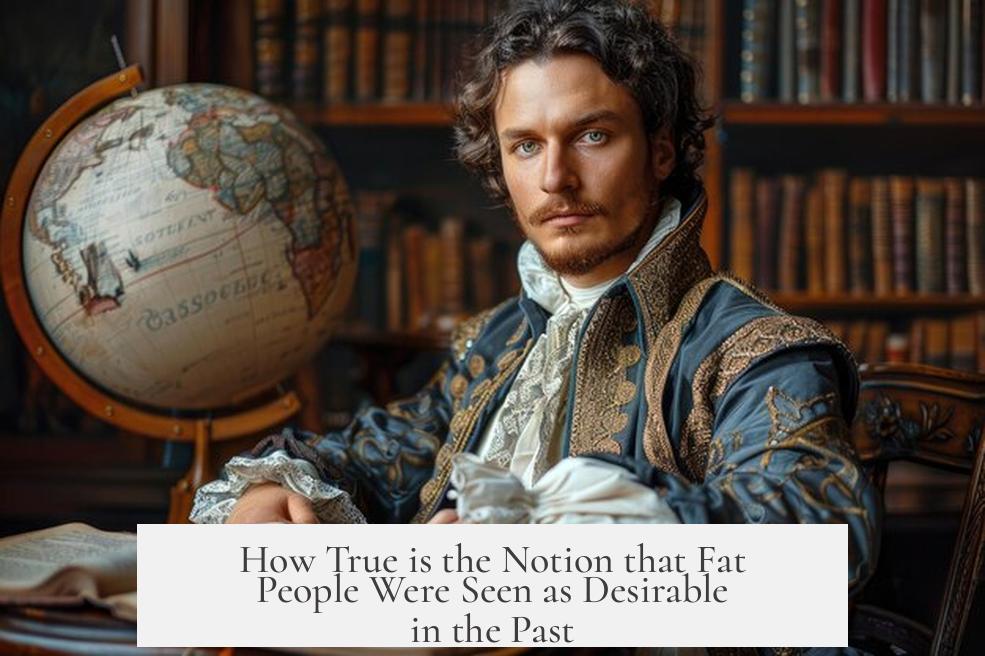
Yes, in some contexts, fat was seen as desirable in the past, but it’s complicated and far from a blanket truth. Our ideas about what counts as “beautiful” have always been influenced by culture, survival needs, and social signals—not just looks. Let’s dive into the story that history and art tell us about this idea.
First off, the assumption that “fat = desirable” needs unpacking because different societies saw fatness in various ways. Their ideals didn’t stay fixed; they often reflected their worldviews, survival realities, and spiritual beliefs.
The Venus of Willendorf: Prehistoric Symbolism Over Style

Have you heard about the Venus of Willendorf? This tiny, prehistoric figurine—dubbed the “original plus-size model”—is notable for her exaggerated belly, thighs, and breasts. At first glance, you might think ancient folks adored fatness as beauty. But this statue likely symbolizes fertility and abundance rather than everyday attractiveness.
In a world where finding food was tough, plumpness was rare, maybe even sacred. To Paleolithic people, being fat—especially pregnant—could have represented divine abundance or survival success. The figure’s large features symbolize life, not necessarily a fashion statement for ordinary women. So, fatness here leans more toward symbolic reverence than literal desirability.
Big Hips, Small Waists: Goddesses of Ancient Civilizations
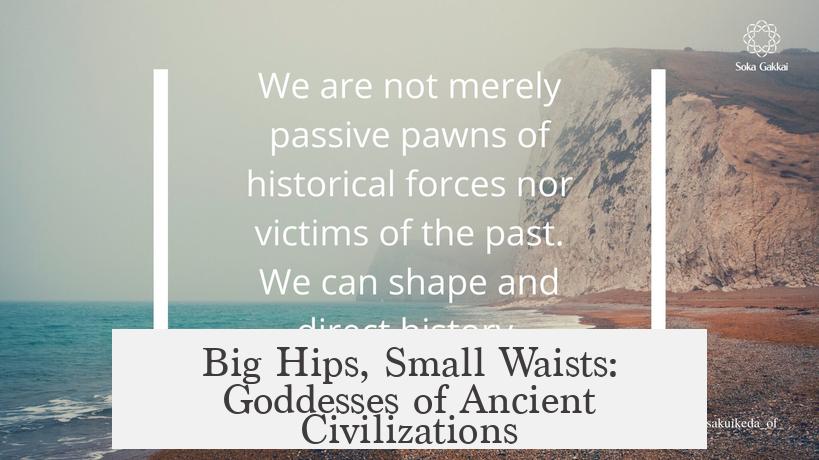
Move forward to the Egyptians, Mesopotamians, and ancient Indians, and you’ll spot a familiar pattern: goddesses like Ishtar, Parvati, Nefertari, and Hathor share the “hourglass” silhouette. Their bodies feature big hips and breasts but relatively small waists.
This shape symbolizes fertility and femininity. But does it mean ordinary fat women were considered desirable? Not quite. The goddess figures idealize specific traits linked to life-giving power, not necessarily everyday beauty standards in those societies. Plus, well-defined waists in art hint that an all-around “fat” look wasn’t the goal.
Ancient Greece: Fleshy Aphrodite and Slim Artemis—Beauty’s Mixed Signals
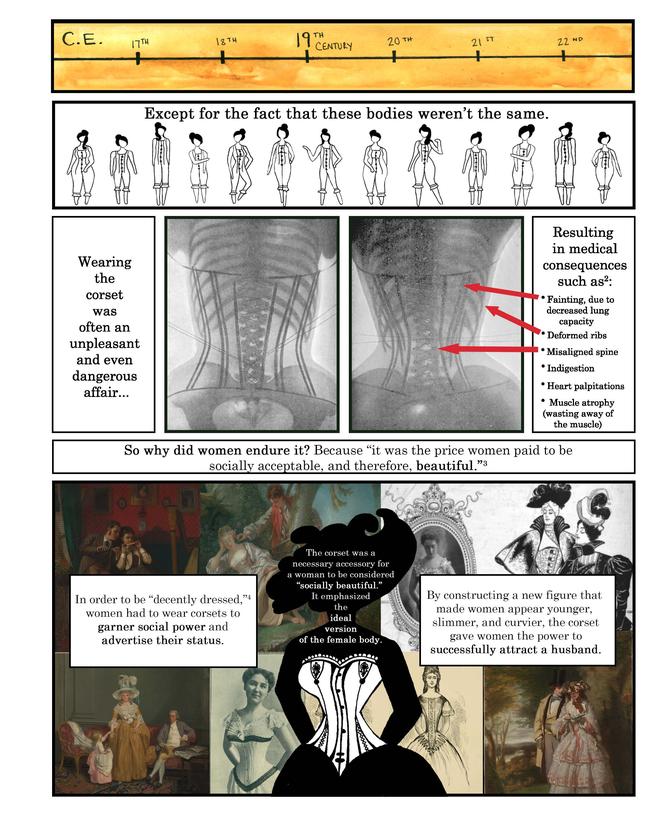
So what about the Greeks? Ancient Greek art presents two fascinating ideals at once. Aphrodite, goddess of love, is depicted with “fleshy” features—curves and folds emphasize her natural, womanly form. On the other hand, Artemis, her twin sister, looks slim and athletic.
Aphrodite embodies the typical adult woman, usually less physically active, while Artemis stands for youthful strength and vigor. Both were considered attractive, but in very different ways. This duality challenges the idea of a single “fat equals desirable” rule—beauty embraced diversity even then.
Tang Dynasty China and Japanese Erotic Art: Plumpness with a Plot Twist
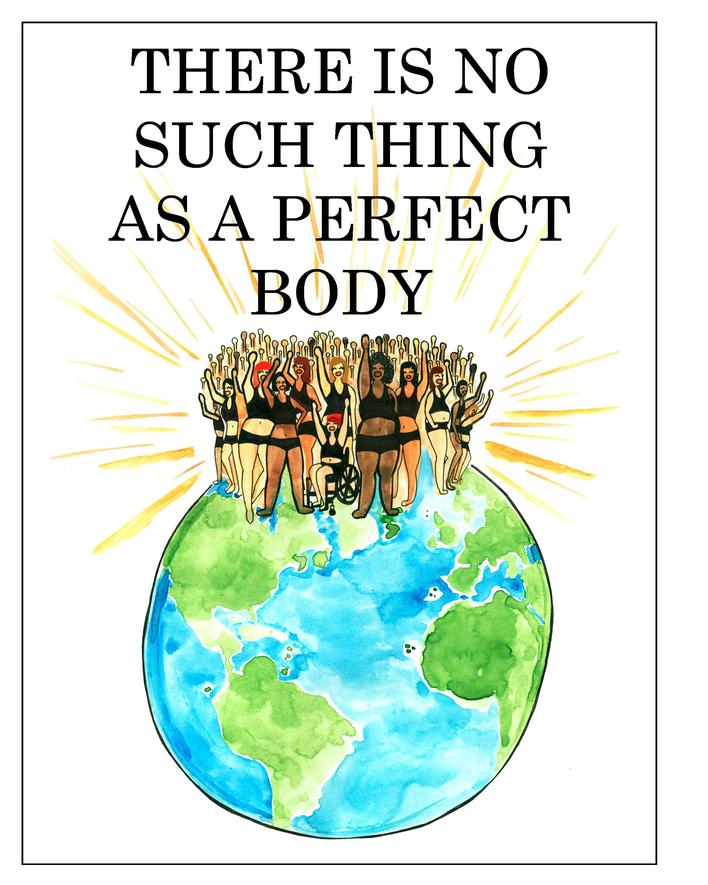
In Tang Dynasty China (618–907 AD), art often depicted women with round faces and fuller figures. Plumpness was associated with prosperity and health. In Japanese erotic (shunga) art, fuller women appear as well, though these images evolved over time.
These cultures appreciated plumpness more than their Western counterparts at times. But remember, these artistic portrayals reflect conventions and may blend symbolism and realism. They show us what was visually appealing or auspicious—not necessarily what every person chased daily.
Artistic Conventions vs. Real Ideals
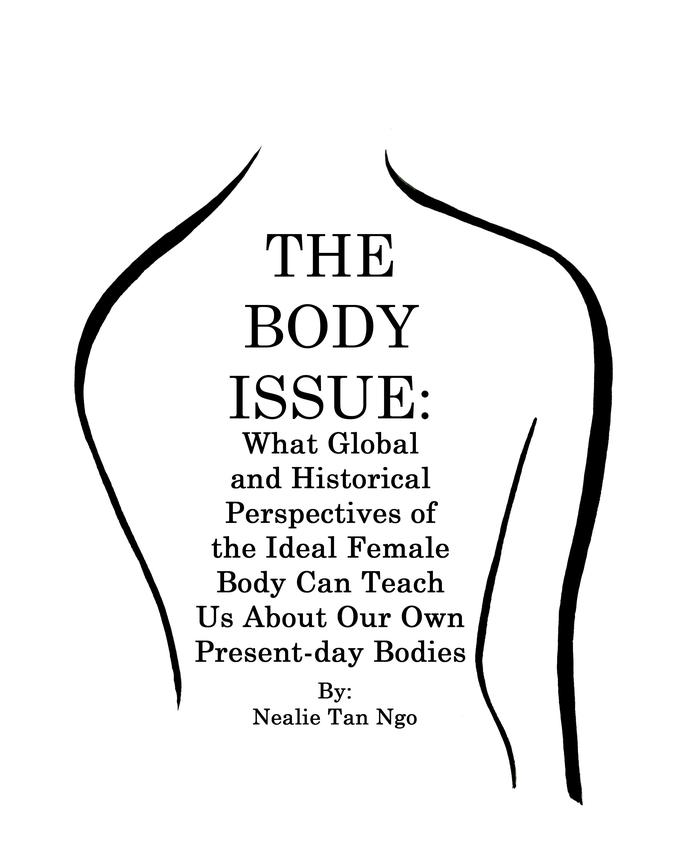
Here’s the kicker: what we see in art might not match the social ideal or real-life preferences. Artistic styles follow rules and genres. For instance, modern runway models rarely reflect everyday beauty ideals—they illustrate a genre’s aesthetic demands.
Similarly, ancient art can emphasize fertility, spirituality, or status, rather than straightforward attractiveness. The presence of “fat” in art often means more than just desirability, such as abundance, health, or cultural symbolism.
Modern Reminders: Not So Different After All
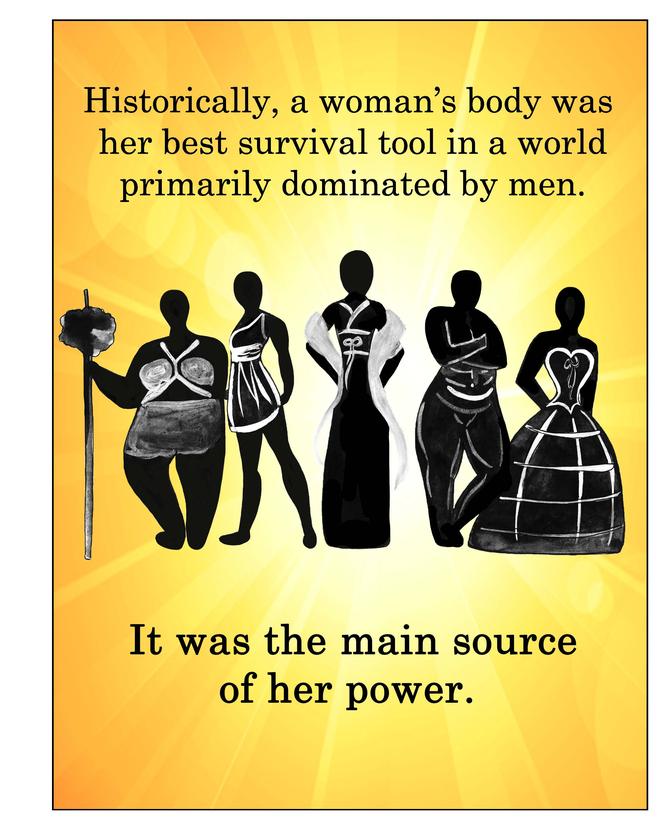
Interestingly, today, some communities like those in Tonga and Nauru still find larger body sizes desirable. This challenges Western media dominance, which promotes thinness as the standard.
Even in the West, some people prefer curvier partners but feel shy admitting it because of social shame. Media influences and societal pressures shape what we publicly declare as desirable, sometimes hiding real preferences.
Wrapping Up the Truth: Fatness and Desirability Are Contextual
Is it true that fat people were always seen as desirable in the past? Nope. But it’s also inaccurate to claim fatness was never valued. It depends on cultural context, symbolism, and social function.
If you think about survival, fertility, and prosperity, being plump often indicated health and wealth—two enviable traits. However, actual beauty ideals varied widely over time and place and included a range of body types.
So next time you hear “fat used to be beautiful,” pause and ask—beautiful to whom, when, and why? The story is richer and more layered than a sound bite. History reminds us that beauty standards are not fixed facts—they’re living, breathing, and endlessly fascinating reflections of human culture.
Was fatness historically linked to fertility or beauty in ancient societies?
Fatness often symbolized fertility, especially in prehistoric art like the Venus of Willendorf. However, it is unclear if this always meant fat bodies were considered beautiful. The imagery could also represent abundance or divine power.
Did all ancient cultures view fuller bodies as ideal or attractive?
No. While some ancient cultures, such as Egyptian and Indian, idealized curvy figures with wide hips and breasts, others like Ancient Greece showed a range of body types. Greek goddesses Aphrodite and Artemis represented very different ideals.
How much do artistic styles influence our understanding of body ideals in history?
Artistic conventions often reflect style rather than true ideals. Bodies depicted in art served various symbolic or cultural roles, so art may not always reveal what people found attractive in daily life.
Are there modern cultures where fatness is still seen as desirable?
Yes. Some places like Tonga and Nauru value larger bodies as a sign of wealth and status. This contrasts with Western media-driven ideals that emphasize thinness.
Does the idea that fat people were once widely seen as desirable hold true?
The notion is partly true but oversimplified. Desirability of fat bodies varied widely across times and cultures, influenced by factors like fertility symbolism, social status, and artistic norms.
